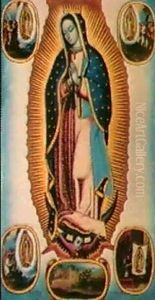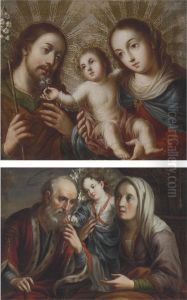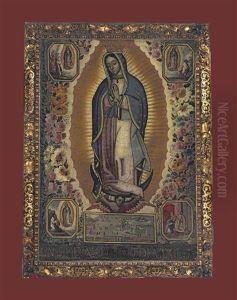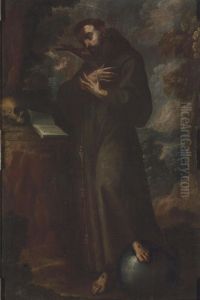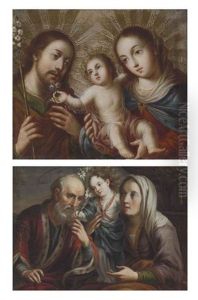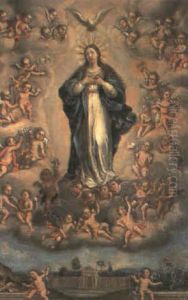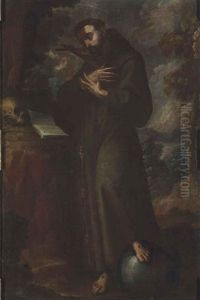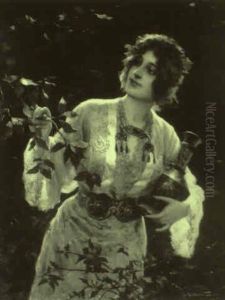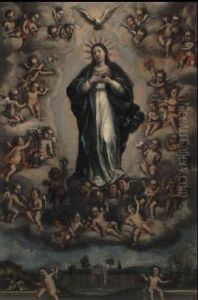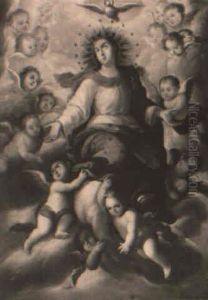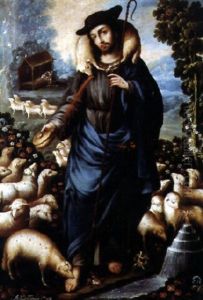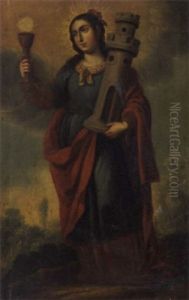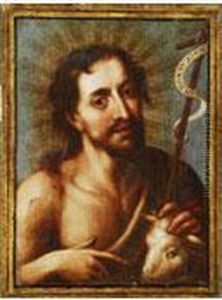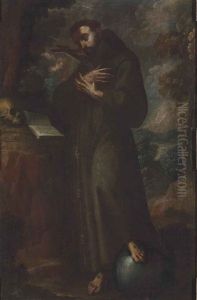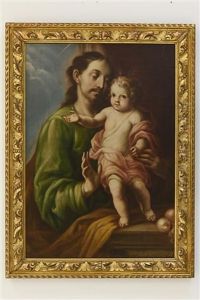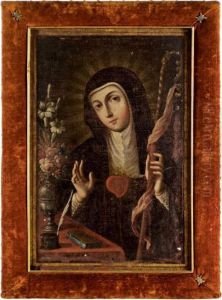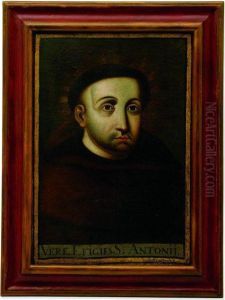Antonio De Torres Paintings
Antonio de Torres Jurado, often referred to as the father of the modern classical guitar, was a Spanish guitarist and luthier who significantly impacted the way the classical guitar is constructed and played. Born on June 13, 1817, in Almería, Spain, Torres is credited with establishing the definitive form and dimensions of the classical guitar that we know today.
Torres began his career as a guitar maker in Seville, under the tutelage of José Pernas. He later moved to Granada, where he worked with another guitar maker, José Contreras. By 1836, he had returned to Seville, married, and started his own shop. Although he was also a performing musician, it was his craftsmanship that would earn him a lasting legacy.
Throughout his life, Torres constructed more than 320 guitars, and his designs emphasized both aesthetic beauty and sonic quality. His innovations included the introduction of the fan-braced pattern under the guitar's top, which allowed for greater durability and projection of sound. He also increased the body size of the guitar and standardized the modern classical guitar's scale length (the distance from the nut to the bridge), which contributed to the instrument's tonal range and volume.
Torres' guitars were played by some of the most famous guitarists of his time, including Francisco Tárrega, who is often considered one of the greatest guitarists and composers for the instrument. Tárrega's use of Torres' guitars helped to popularize them and to cement Torres' reputation as the leading luthier of the classical guitar.
Antonio de Torres' innovations laid the groundwork for all classical guitar construction that followed, making him a pivotal figure in the instrument's history. He passed away on November 19, 1892, in Almería. His legacy continues to be celebrated by guitarists and luthiers around the world, and original Torres guitars are highly prized by collectors and musicians alike.
